FEATURES|COLUMNS|Creativity and Contemplation
For Our Children’s Sake: Dismantling Racism and Bias in Schools

Street art in San Francisco. Photo by Sarah C. Beasley, 2020
It is long overdue to fully address justice, equity, diversity, and inclusivity (JEDI) in our schools.
Many US schools need to greatly improve equity and achievement for students of color, and to update curricula in meaningful ways to be culturally relevant for all students. In American schools, Black, Indigenous, and other students of color—“minoritized” kids who actually now make up the majority of our school populations—often experience bias and harassment.* In addition, they cannot see themselves represented in their teachers or in curricular content. Immigrant students from many countries also have school experiences that are heartbreaking or disturbing, and this needs to change.
Many of these students display incredible resilience, and their stories show how often they endure not only racism, but loss of family and country connections. In my school, there are many students with similar experiences, especially as immigrants or Deferred Action for Childhood Arrivals (DACA) kids from Mexico, and various South and Central American countries. Some of their stories are so hard, such as that of one child who, during remote learning in quarantine, was constantly in fear for his father’s safety. In fact, his father was killed in Mexico soon after. On top of discrimination and challenges to accessing technology for home learning, schoolchildren may face violence, illness, or the loss of employment by one or more of their family members.
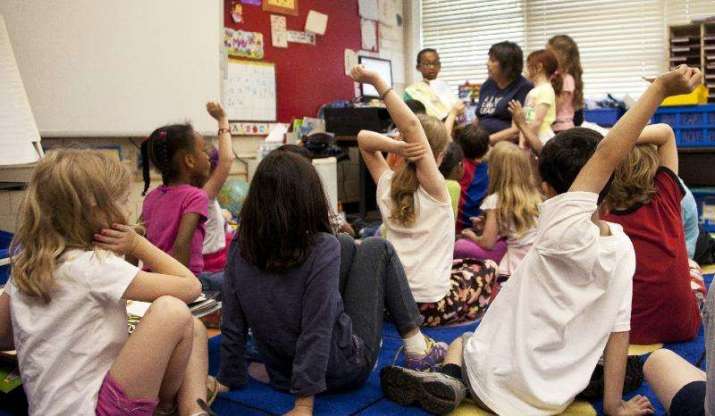 From cdc.gov
From cdc.govSchool leaders are in a position to become more aware of their students’ experiences, and to really listen and empathize with them—to not only be a “good person” but an active ally in changing their educational experience for the better. This means emphasizing diversity when hiring teachers, redistributing power among teachers of color, and focusing on equity and social justice. Since our students come from many backgrounds, their needs and perspectives are already global. Their futures will be globally connected, as we already can see. One idea is to create forums for students to share their experiences and ideas—perhaps in a revolving panel with various students sharing each time—about how things could be better in their school. Student leadership, from at least middle school through high school, is a key to authentic education. Young people are savvy about addressing actual social and systemic change. If students see and feel their input making a difference, they can take positive ownership in their own school journey. Even primary school children can participate in this important community process.
Increasing the consciousness of students, teachers, and parents is the basis for addressing programming, curricula, systems, and staffing to better their school experience. This will correlate with well-being and achievement. If we don’t hear from students, we can’t base our school growth plans on what they truly need. School leaders must examine the three aspects of access, process, and outcome in relation to social justice in our schools, and face hard truths to push forward positive change. This is not only for students of color, but for white students who need to learn about full-spectrum history (not revisionism) and counteract inherited, underlying assumptions and biases while they are young enough to do so. If our school systems are redesigned to include everyone in the designs themselves, they will be inherently more relevant and equitable.
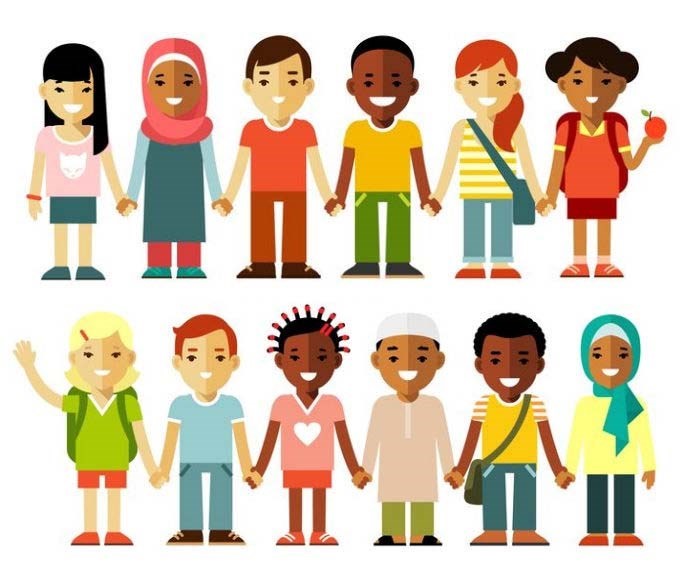
From hand2mindathome.com
Tools for approaching equity in our schools
To recognize and work with implicit bias and interactions that do not serve students, there are many practices that educators can implement, such as these “Four Practices for Promoting Equity in our classrooms.”** As teachers, staff, and school leaders, we focus on the following areas transparently with our students, enabling them to learn not only how to change attitudes and behaviors but to look at the underlying causes.
The first practice is Promoting the Act of “Calling In.” This is different from calling someone out on stereotyping or biased behavior. Calling in entails noticing comments or behavior in a positive and proactive educational way. Thus, all students learn new habits without being shamed or merely corrected. The teacher or school leader calls in a student (or vice versa) to awareness and invites the whole class to brainstorm and learn from these teaching moments in order to change attitudes and investigate assumptions.
The second practice is “Communicating Classroom Standards,” and has four aspects. Proactively—verbally, and in written and visual forms—one shares the minimum standards for how to treat one another. The endeavor is not to silence anyone, but rather to have agreed-upon standards of how we treat one another and ways to redirect if someone missteps. In this way, one models how highly each individual is valued on the learning journey.
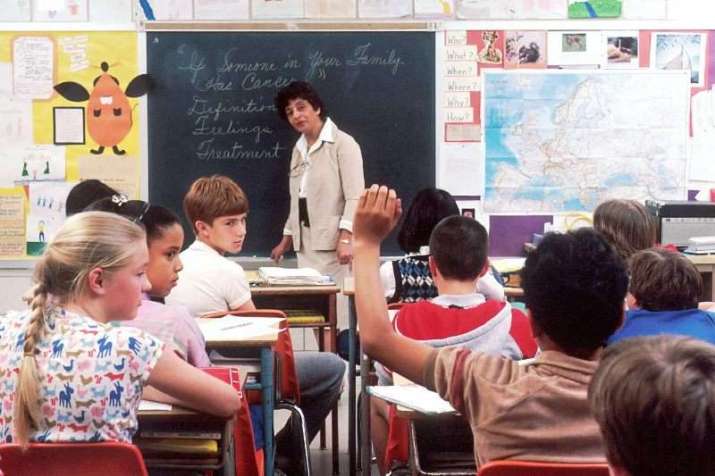 From cancer.gov
From cancer.govClassroom standards can include:
Learning in discomfort. We know that examining assumptions, biases, and painful feelings and experiences are part of dismantling racism and other kinds of bias in our schools. We agree to work with our own and each other’s discomforts in a kind and caring way, such that we call each other in with unconditional, positive regard, whether or not we understand or even like each other at first.
Respecting everyone’s voice means that no matter who is in our group, class, or school, we unconditionally agree to respect each person’s voice and individuality. Our school is a microcosm of bigger systems in our society and the world. To teach and nurture global citizens, whether students, teachers, or leaders, we must respect each and every person’s voice, as well as their beliefs and their physical embodiments.
All parties commit to listening. This goes for the principal, counselors, teachers, staff, and all students. To train and practice the art and skill of listening, and to learn about active listening helps develop one’s capacity to reflect and offer feedback that honors and respects. One models and practices good listening skills to deepen everyone’s ability to hold space for people with differing views or expressions. Staff also model this for school families, and include them in written materials on cultivating culturally-sensitive listening techniques at home and in school.
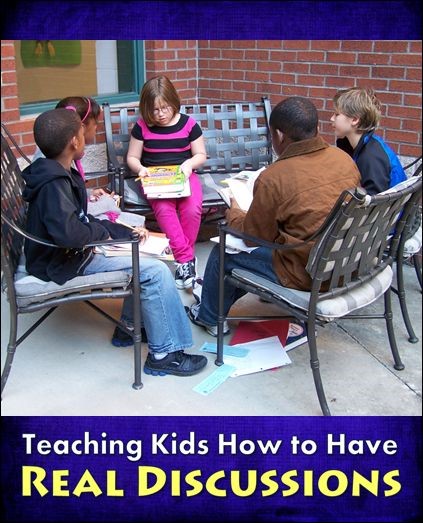
From lauracandler.com
Setting personal teaching standards. As part of the self-evaluation process for teachers and the supervisor-supervisee template, we emphasize setting minimum personal teaching standards that include competency and training on diversity, equity, and inclusion. Schools should require, fund, and support their full staff in trainings that deepen understandings and abilities to implement equitable teaching strategies through professional development.
The third practice is “Setting the Tone for Learning.” In school, the tone for learning is set by one’s voice, actions, methods, and materials. Professional development forums provide curriculum development based on diversity and inclusion. The study and practice of community-building strategies can be modeled after various global cultures’ ways of teaching, learning, and problem-solving. In the US, we can no longer rely solely on a Eurocentric Western educational model to educate a multicultural student base.
The fourth practice is “Analyzing the Unique Makeup of Each Class.” In addition to authentically diversifying the curriculum (as opposed to tokenism), we take note each year of who is in our classes. We emphasize celebrating individuals and their unique backgrounds and traditions. We include these through the course of the year in whatever ways best suit the educational plan and the individuals in the class.
It takes commitment, experience, and collaborative support to understand how to create an authentically inclusive school culture. Then a school must cultivate the necessary resources to put this vision into action. If caring, collaboration, and curiosity are core tenets, teachers can instill these with a basis of trust in their school community. This will propel all students into the future with the skills, resources, and education they need to thrive as world citizens, highly capable of curiosity, innovation, and kindness in whatever path they choose.
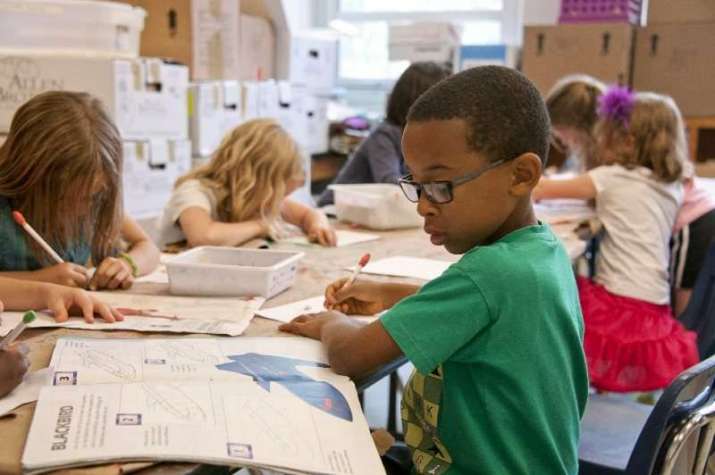 From cdc.gov
From cdc.gov* Public School Review. October 2019. “White Students are Now the Minority in U.S. Public Schools.”
** DiFranza, Ashley. 2019. “4 Practices to Promote Equity in the Classroom,” Northeastern University.
References
DiAngelo, R & Özlem Sensoy, “Leaning in: A student’s guide to engaging constructively with social justice content,” Northeastern University & Simon Fraser University, Retrieved from: https://robindiangelo.com/wp-content/articles/rad-ped-leaning-in.pdf
Sarah C. Beasley (Sera Kunzang Lhamo), Nautilus Gold award-winning author of Kindness for all Creatures: Buddhist Advice for Compassionate Animal Care(Shambhala 2019), has been a Nyingma practitioner since 2000. Sarah is a Certified Teacher, and an experienced writer and artist, with an MA in Educational Leadership and a BA in Studio Art. Sarah spent six years in traditional retreat under the guidance of Lama Tharchin Rinpoche and Thinley Norbu Rinpoche. With a lifelong passion for wilderness, she has summited Mt. Kenya and Mt. Baker, among other peaks. Her book and other works can be seen at www.sarahcbeasley.com.
Related features from Buddhistdoor Global
Ignorance in the Era of COVID-19: Society’s Failure to Protect Black Communities in the US
Toward Liberation: Dismantling Racism and Bias in the Sangha
Buddhistdoor View: Finding the Right Balance with Social Justice Causes
“Hyphenated-American”
Buddhistdoor View: Honoring the Lessons of Martin Luther King Jr. for Today’s World
Harnessing Knowledge Technologies to Overcome Ignorance
Standing Together: Rev. angel Kyodo williams’ Radical Dharma – Book Review
Buddhistdoor View—Learning From Race Issues in The United States
Related news from Buddhistdoor Global
Los Angeles Buddhists Perform Silent Meditation Walk in Solidarity with Anti-Racism Activists
Dalai Lama Decries “Racism, Discrimination” Behind the Killing of George Floyd
US Buddhists Call for a United Stand Against Injustice and Suffering
How One Man Armed With Compassion Convinced 200 Racists to Quit the KKK














